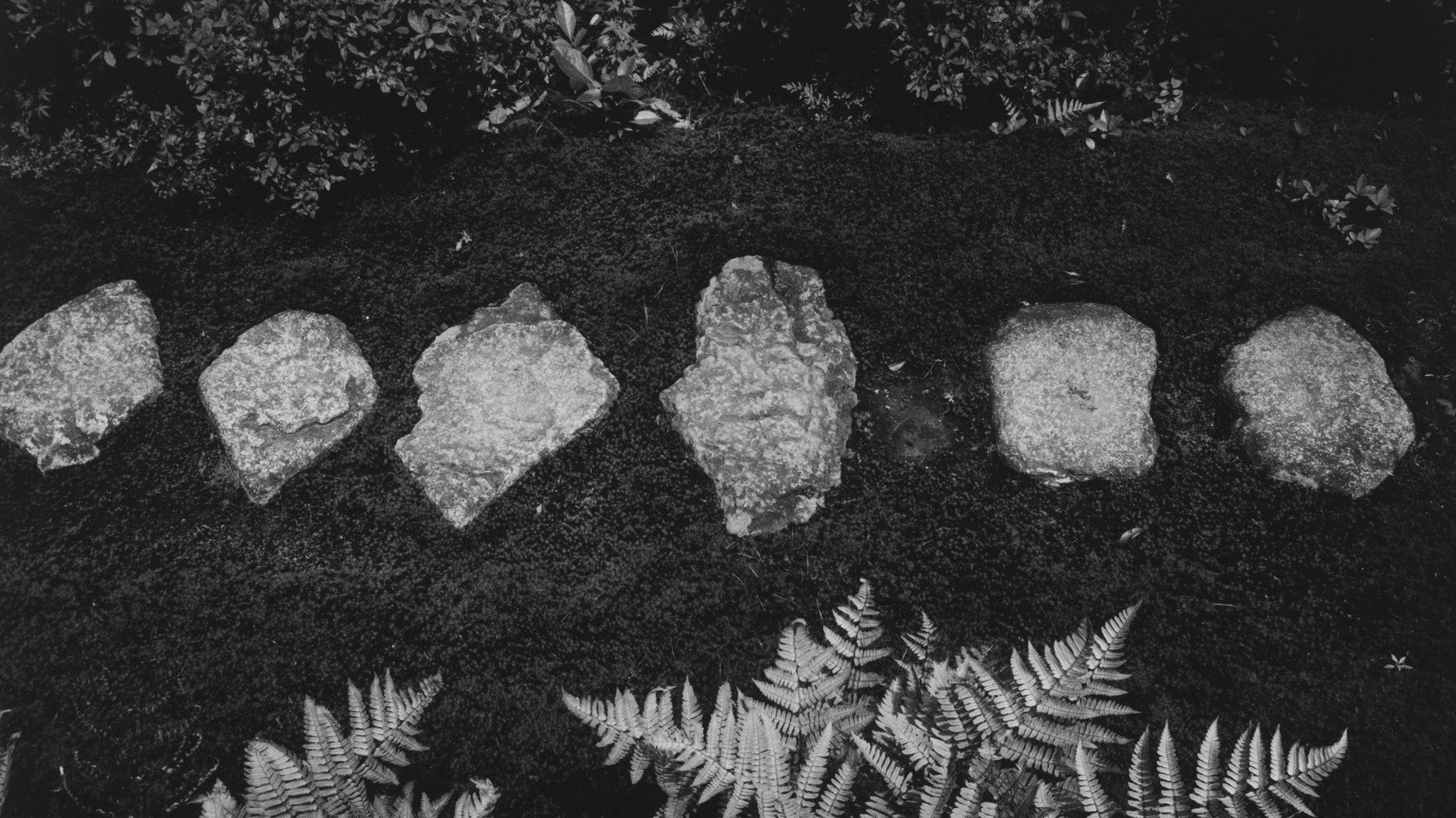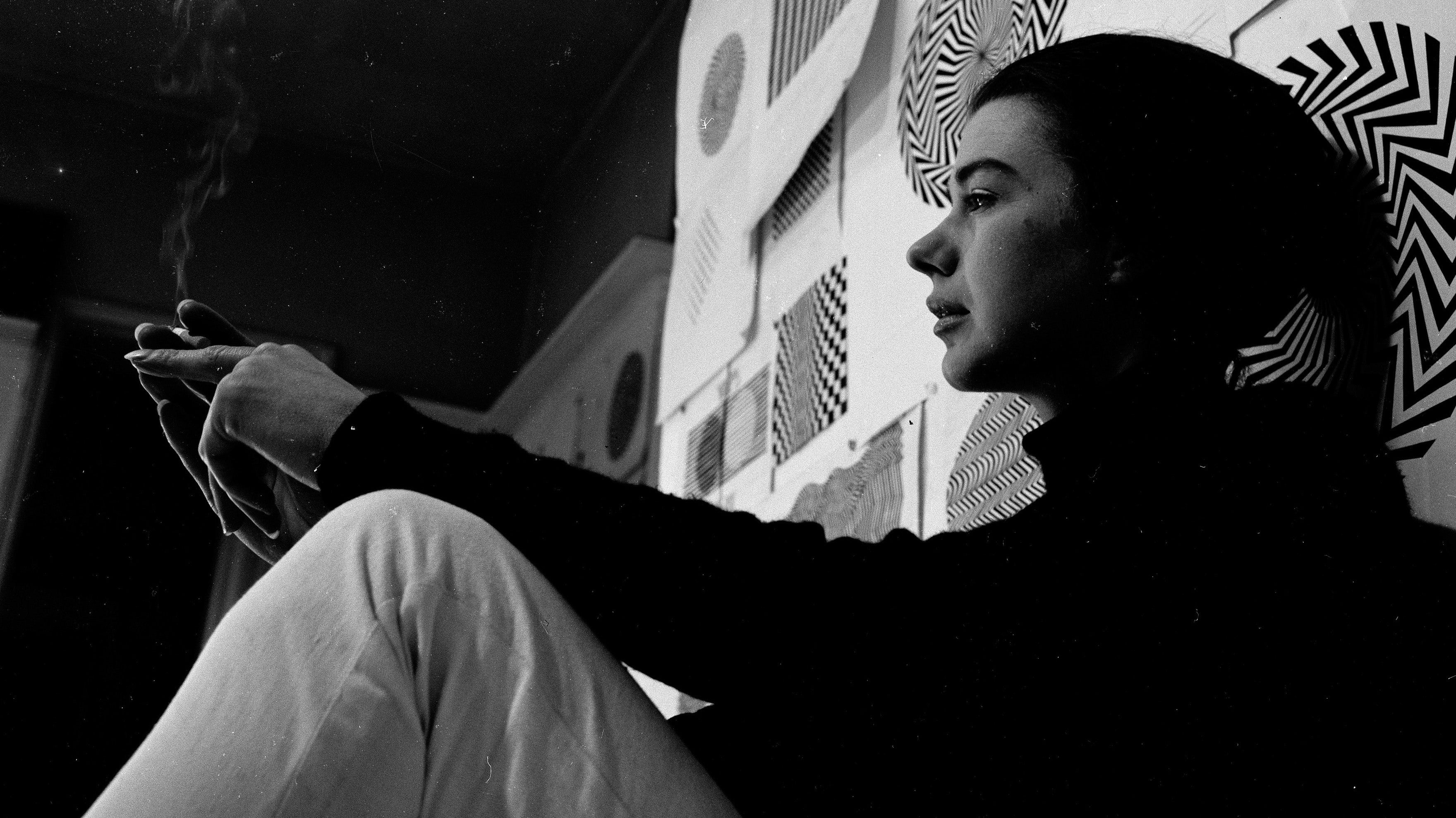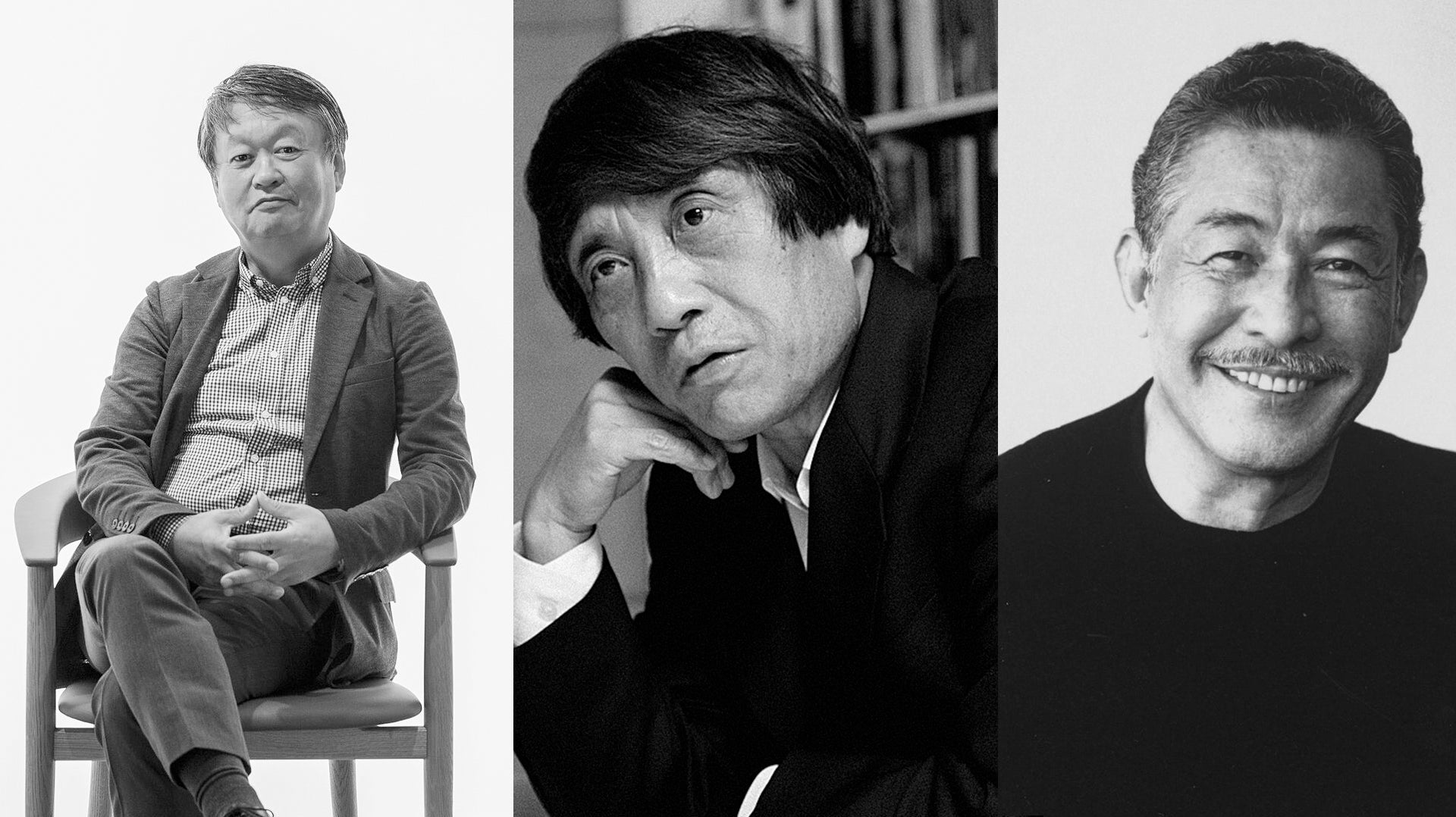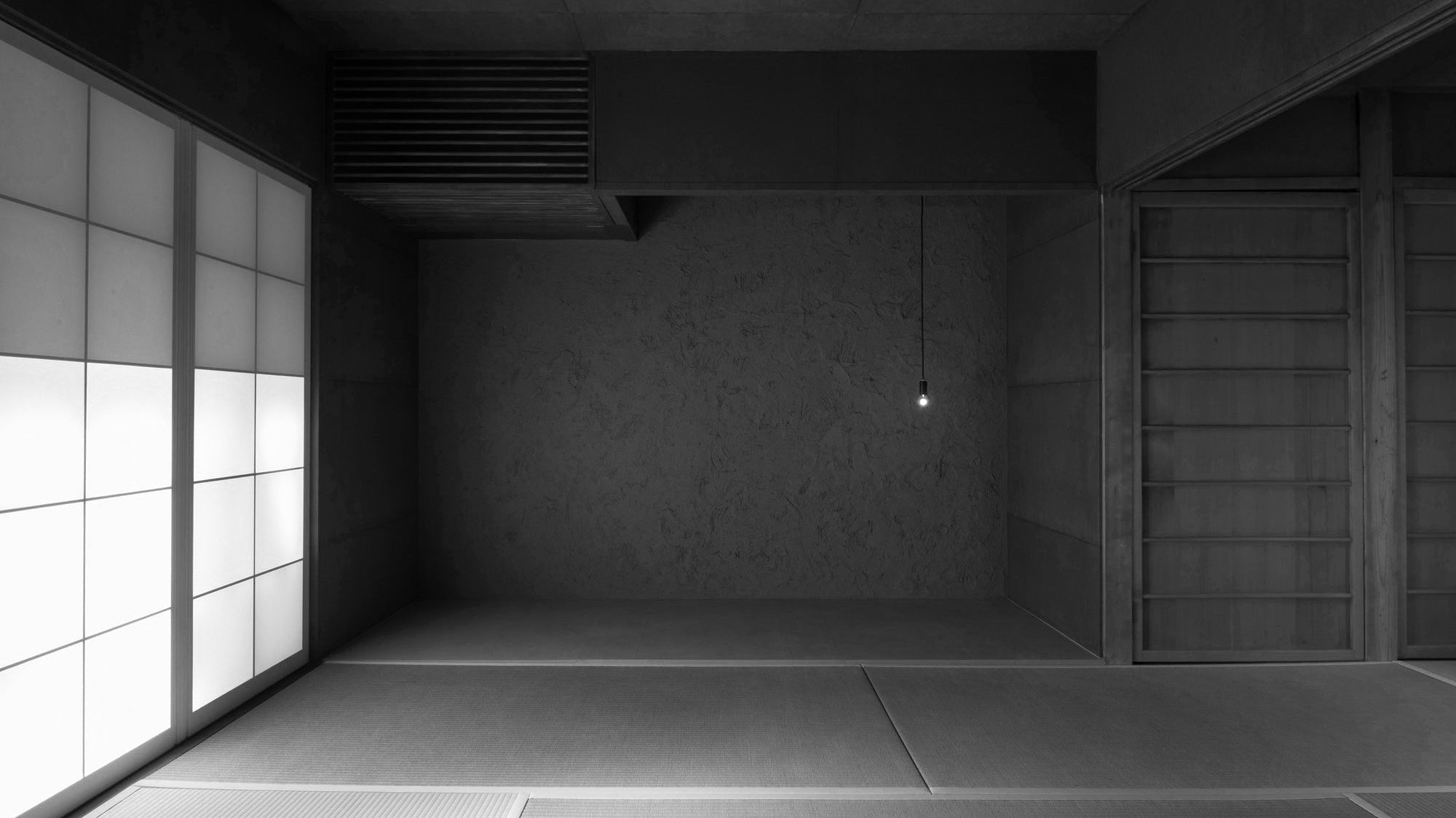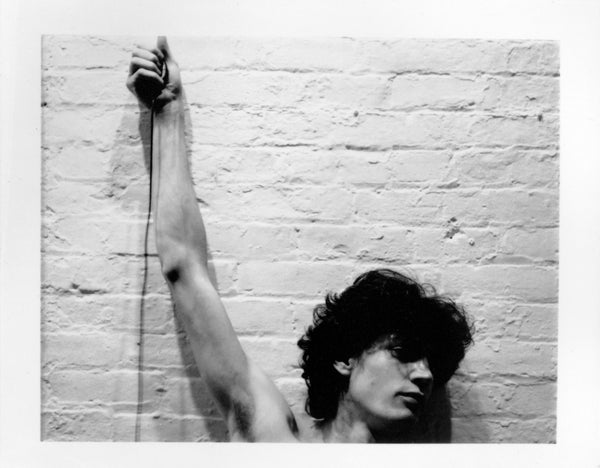
(Robert Mapplethorpe's Flower Photography - dans le gris)
"I played around with the flowers and the lighting, so that was a good way to educate myself."— Robert Mapplethorpe
(Robert Mapplethorpe's Flower Photography - dans le gris)
Robert Mapplethorpe was born on November 4, 1946, in New York. He left home in 1962 and enrolled at the Pratt Institute in Brooklyn in 1963, where he studied painting and sculpture, eventually earning his B.F.A. Mapplethorpe was initially trained as a painter before developing an interest in photography. He transitioned to photography, starting with the Polaroid SX-70. From 1972 onwards, photography became his primary medium. Mapplethorpe focused on portraits, and he worked as a photographer for Andy Warhol's Interview magazine.
Throughout the 1980s, Robert Mapplethorpe produced images that simultaneously challenged and adhered to classical aesthetic standards. His portfolio included stylized compositions of male and female nudes, delicate flowers, still lifes, and studio portraits of artists and celebrities, among other preferred genres. Mapplethorpe introduced and refined different techniques and formats, such as color 20 x 24 inch Polaroids, photogravures, platinum prints on paper and linen, Cibachrome, and dye transfer color prints.
(Robert Mapplethorpe's Flower Photography - dans le gris)
(Robert Mapplethorpe's Flower Photography - dans le gris)
Robert Mapplethorpe was one of the most influential and controversial photographers of the 20th century. While he gained notoriety for his controversial and provocative works, Mapplethorpe was also highly attuned to his medium's formal, more traditional elements, deeply concerning himself with composition, color, texture, balance, and beauty in his pictures. Although he is well-known for explicit male and female nudes, his flower photography represents a departure into a more serene and contemplative aesthetic.
For his flower photography, Mapplethorpe often chose lilies, orchids, and tulips. What sets his flower photographs apart is the intimate and sensual manner in which he depicted them. The fleshy petals, captured in black and white, suggest a connection to human skin, blurring the boundaries between the botanical and the corporeal. Yet, it wasn't just the practicality of flower photography that attracted Mapplethorpe to the subject. Captured in exquisite detail, he used photography to preserve their ephemeral and fleeting beauty.
(Robert Mapplethorpe's Flower Photography - dans le gris)
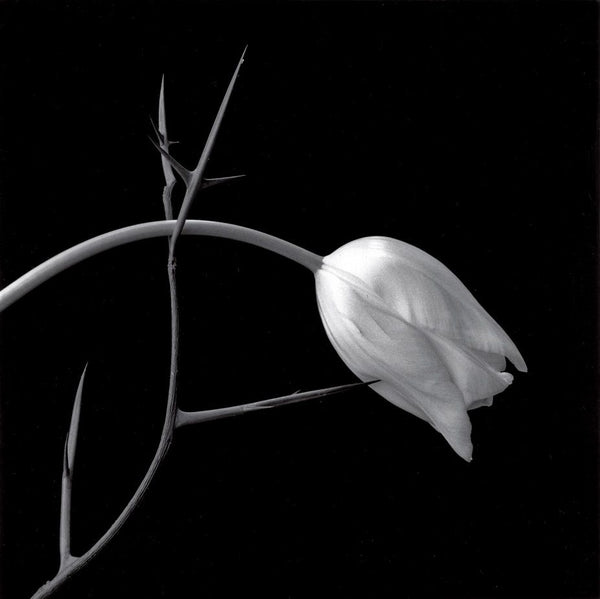
Tulip And Thorn, 1988
(Robert Mapplethorpe's Flower Photography - dans le gris)
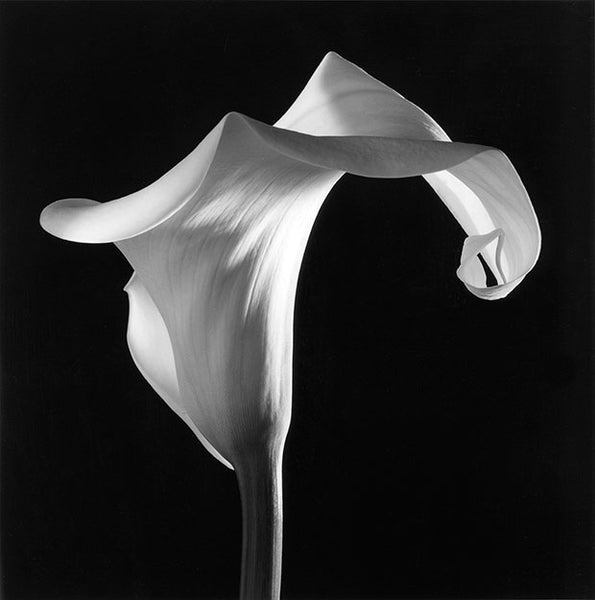
Calla Lily, 1988
(Robert Mapplethorpe's Flower Photography - dans le gris)
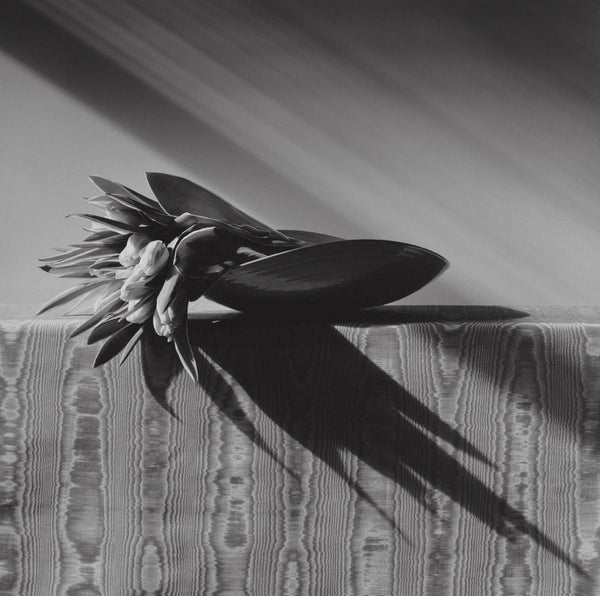
Parrot Tulips, 1988
(Robert Mapplethorpe's Flower Photography - dans le gris)
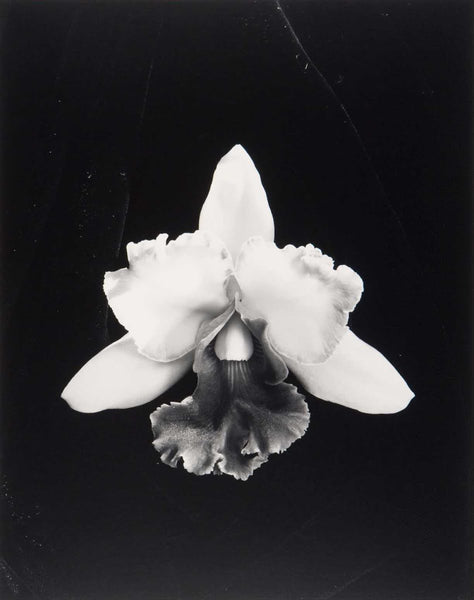
Orchid, 1985
(Robert Mapplethorpe's Flower Photography - dans le gris)
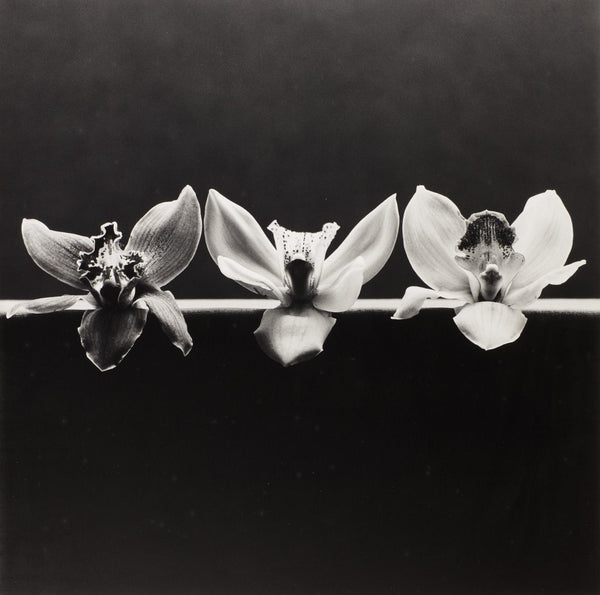
Orchid, 1985
(Robert Mapplethorpe's Flower Photography - dans le gris)
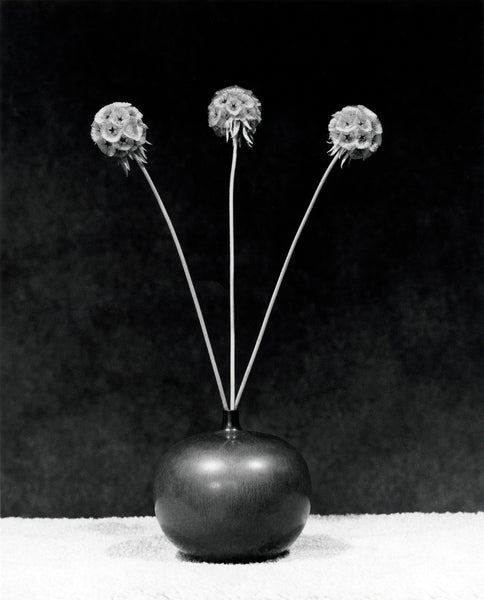
Flower, 1985
(Robert Mapplethorpe's Flower Photography - dans le gris)
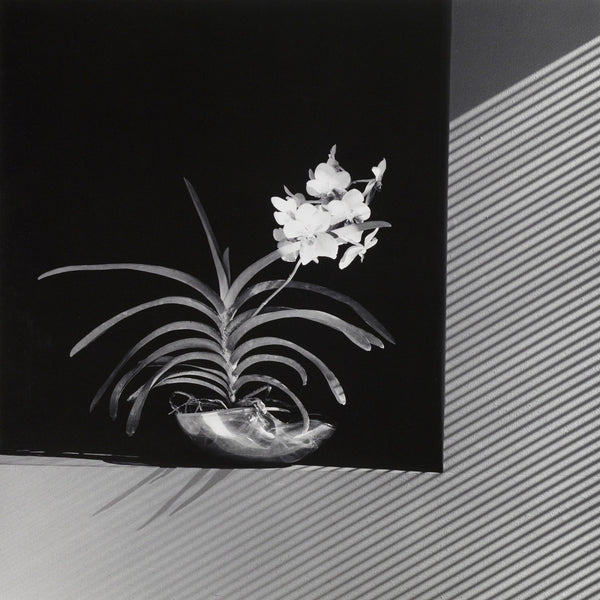
Flower, 1986
(Robert Mapplethorpe's Flower Photography - dans le gris)
Continue Reading:
• Isamu Noguchi: Everything is Sculpture
• Pina Bausch: Dance, Dance, Otherwise We are Lost
• Issey Miyake: 8 Things You Should Know About the Japanese Fashion Legend
(Robert Mapplethorpe's Flower Photography - dans le gris)
About Us
Dans Le Gris is a brand that started with everyday jewelry; each handmade piece is designed and crafted in Taiwan. We deeply value every detail, dedicating ourselves to creating enduring pieces through collaboration with experienced craftsmen.
(Robert Mapplethorpe's Flower Photography - dans le gris)
In our journal, we provide irregular updates featuring articles about art, culture, and design. We aspire to furnish our readers with profound insights and inspiration across a broad array of creative subjects. From the daily inspirations found in art and design to the timeless beauty of traditional craftsmanship and philosophy, our curated content encompasses diverse aspects of life.
(Robert Mapplethorpe's Flower Photography - dans le gris)
Shop Now
↪ Follow us for more updates: YouTube | Instagram

